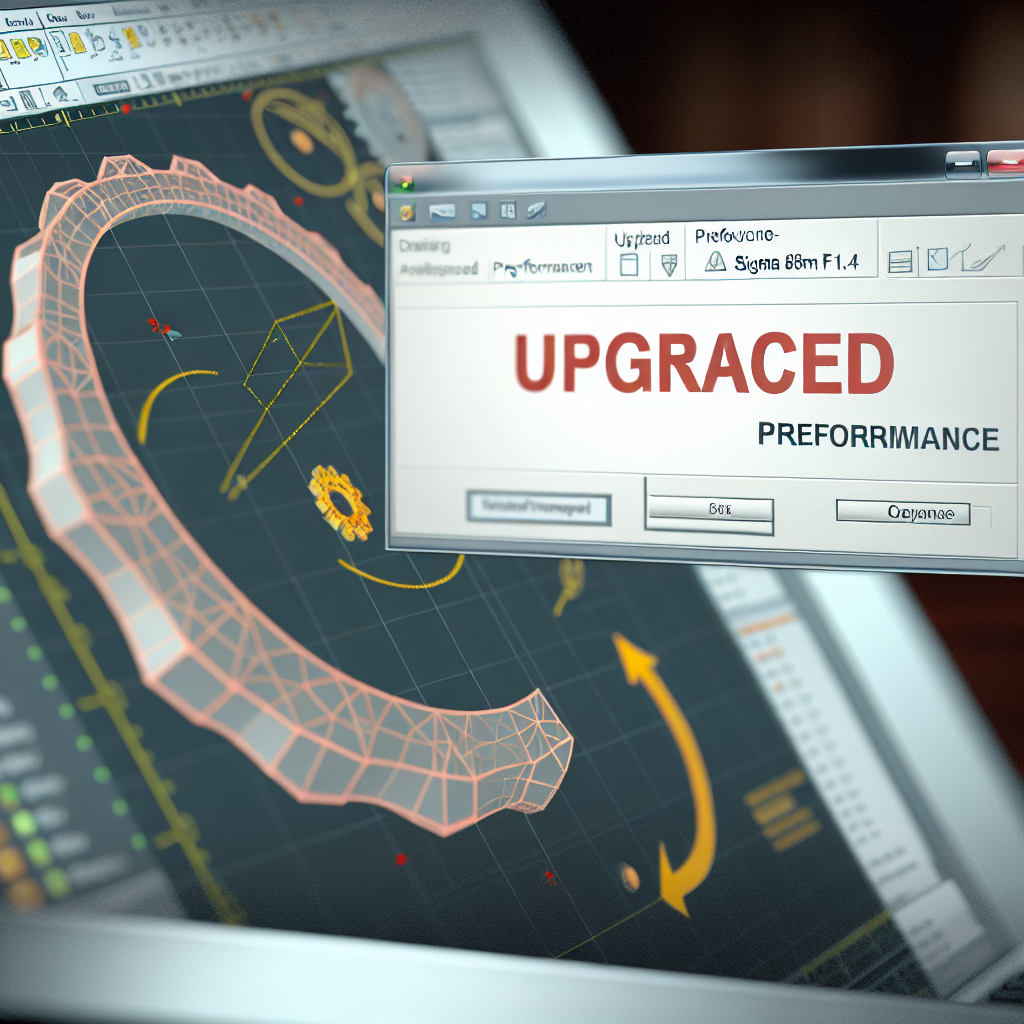Upgrading to the latest version of SOLIDWORKS offers a range of new features, enhancements, and tools designed to boost productivity and improve design capabilities. In this article, we will explore what is typically included in a SOLIDWORKS upgrade, highlighting key components that users can expect to benefit from when moving to a newer version.
Enhanced Features and Toolsets
One of the primary components of a SOLIDWORKS upgrade is the introduction of *enhanced features* and *expanded toolsets* that streamline the design process. These updates often include improvements to parametric modeling, better Multi-Body part management, and advanced simulation capabilities. For example, the latest versions may incorporate artificial intelligence-driven design suggestions, making it easier for engineers to optimize their models. Additionally, SOLIDWORKS upgrades frequently add new modules or enhance existing ones such as **Simulation**, **Flow Simulation**, and **Visualize**, allowing for more comprehensive analysis and visualization directly within the CAD environment.
Performance Improvements and User Interface Updates
Alongside new features, SOLIDWORKS upgrades focus heavily on **performance improvements**. These enhancements reduce lag, speed up rendering times, and optimize large assembly handling, which is critical for complex projects. Upgrades also often include a revamped **user interface** that aims to provide a more intuitive and customizable workspace. Users may find simplified command layouts, improved context menus, and smarter navigation tools, all designed to enhance productivity and reduce learning curves. Additionally, compatibility with newer operating systems and hardware ensures smooth operation and better integration with other design and manufacturing tools.
Extended Data Management and Collaboration Tools
An often overlooked aspect of SOLIDWORKS upgrades is the expansion of *data management* and *collaborative features*. New versions typically include enhancements to **SOLIDWORKS PDM** (Product Data Management), enabling teams to better organize, secure, and share their design data. Features like cloud collaboration integrations, real-time multi-user editing, and improved version control facilitate teamwork regardless of geographic location. These tools help streamline project workflows, minimize errors, and accelerate product development cycles, making upgrades essential for companies aiming for digital transformation.
Conclusion
In summary, a SOLIDWORKS upgrade encompasses more than just new features; it includes performance enhancements, user interface improvements, advanced simulation tools, and better collaboration environments. These elements work together to elevate your design experience, increase productivity, and keep your workflows current with industry standards. Upgrading is a strategic move that ensures you gain the most from the latest innovations in CAD technology, positioning your projects for greater success.
